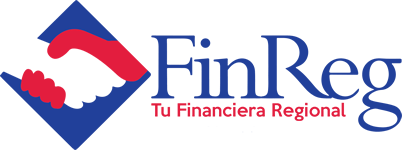
Calculate the predetermined overhead rate of GHJ Ltd if the required machine hours for next year’s production is estimated to be 10,000 hours. Added to these issues is the nature of establishing an overhead rate, which is often completed months before being applied to specific jobs. Establishing the overhead allocation rate first requires management to identify which expenses they consider manufacturing overhead and then to estimate the manufacturing https://www.bookstime.com/ overhead for the next year. Manufacturing overhead costs include all manufacturing costs except for direct materials and direct labor. Estimating overhead costs is difficult because many costs fluctuate significantly from when the overhead allocation rate is established to when its actual application occurs during the production process. You can envision the potential problems in creating an overhead allocation rate within these circumstances.
- Establishing the overhead allocation rate first requires management to identify which expenses they consider manufacturing overhead and then to estimate the manufacturing overhead for the next year.
- Their amount of allocated overhead is not publicly known because while publications share how much money a movie has produced in ticket sales, it is rare that the actual expenses are released to the public.
- There are concerns that the rate may not be accurate, as it is based on estimates rather than actual data.
- For example, the costs of heating and cooling a factory in Illinois will be highest in the winter and summer months and lowest in the spring and fall.
- She enjoys writing in these fields to educate and share her wealth of knowledge and experience.
- As the predetermined overhead rate is an estimate of what the company believes will be the cost for manufacturing the product, the actual costs could be different than what they estimated.
Several factors, such as the nature of the industry, technology adoption, and historical data analysis, can influence the predetermined overhead rate. The movie industry uses job order costing, and studios need to allocate overhead to each movie. Their amount of allocated overhead is not publicly known because while publications share how much money a movie predetermined overhead rate formula has produced in ticket sales, it is rare that the actual expenses are released to the public. Unexpected expenses can be a result of a big difference between actual and estimated overheads. For example, if ABC Manufacturing’s actual manufacturing overhead was $100,000 but their applied manufacturing overhead was only $60,000, they underapplied $40,000.
Using the Overhead Rate
We’ll explore common mistakes businesses should steer clear of when calculating predetermined overhead rates. The predetermined overhead rate is used to price new products and to calculate variances in overhead costs. A predetermined overhead rate is an allocation rate given for indirect manufacturing costs that are involved in the production of a product (or several products). This means the manufacturing overhead cost would be applied at 220% of the company’s direct labor cost.

In contrast, the traditional allocation method commonly uses cost drivers, such as direct labor or machine hours, as the single activity. Common examples of activity drivers are machine hours, direct materials, or direct labor hours. A predetermined overhead rate is an allocation rate that is used to apply an estimated cost of manufacturing overhead to either products or job orders. Direct costs are costs directly tied to a product or service that a company produces.
Example 2: Cost per Hour
This means that Joe’s overhead rate using machine hours is $17.50, so for every hour that the machines are operating, $17.50 in indirect costs are incurred. The overhead rate is a cost added on to the direct costs of production in order to more accurately assess the profitability of each product. In more complicated cases, a combination of several cost drivers may be used to approximate overhead costs.

